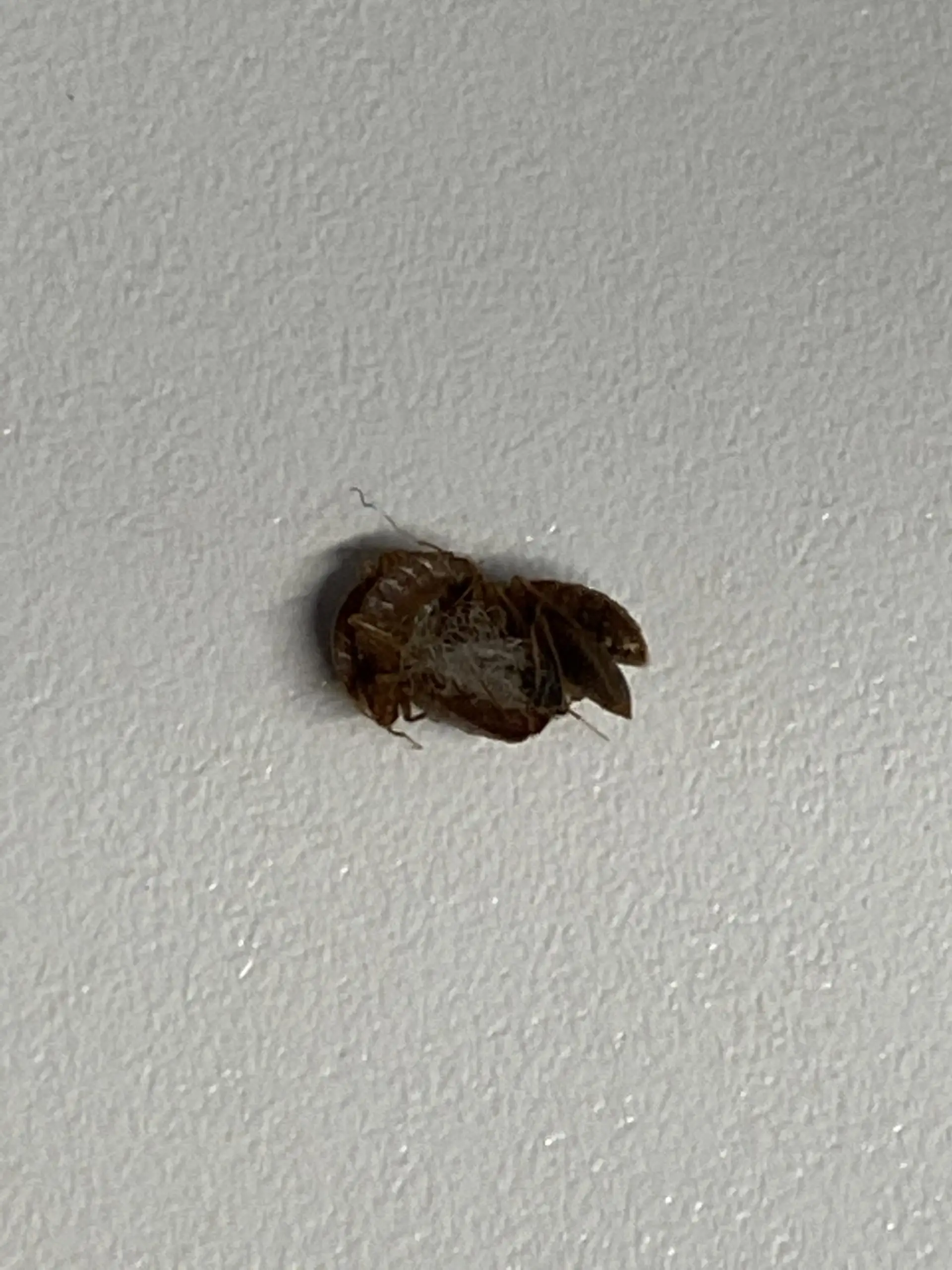What Do Bed Bugs Do In The Cold?

As standard procedure, our Rove Pest Control bed bug inspector gathered a sample of bugs from an initial inspection to bring back to the lab to verify we were dealing with bed bugs and not bat bugs. Left in a plastic container in the service vehicle, the bugs were exposed to the extreme overnight temperatures of a Minnesota winter night. What do bed bugs do in the cold?
Pool Resources
As the bed bug inspector scooped a few bugs into a pile, he gathered a few fibers along with it. As the temperatures dropped, the bed bugs gathered the fibers that weren’t noticeable before and created a ball that resembled a tiny tumbleweed. These small scattered fibers could be used as insulators for the bed bugs as they move into stage two of heat preservation.

Strength in Numbers
Similar to humans, bed bugs have social survival tendencies. When the cold threatens their comfort or well-being, they turn to each other. When we found the bed bugs in the morning, they were nearly unrecognizable. They had huddled together in a clump of bed bugs. They resembled a bed bug bouncy ball.
This is not a behavior unique to bed bugs. Other insects, such as box elder bugs, will huddle together to preserve heat and shield each other from the elements. Similar to the theory of a market’s invisible hand, their self-interest in survival drives them to seek out heat sources. Other bed bugs nearby would be naturally attractive.
Dormancy
The fibers and combined body heat helped the bed bugs maintain their heat for longer than they could have, but it wasn’t enough to overcome the strength of a below-freezing night. They had to whip out their superpowers to make it to morning—playing dead. Unlike bed bugs, many insects can go into a state of dormancy similar to a mammal’s hibernation. In this state, everything slows or comes to a stop. The bug may survive if the fluids do not crystallize and damage essential body components too much.
As the bugs sat in their observation dish inside a warm office, they appeared dead. Nonetheless, within a few hours, they were running around looking for a way to escape, a place to hide, or something to feed on.
What About Cryogenic Freezing?
While freezing is a way to kill bed bugs, this situation illustrates the precision that must occur to be successful. Even though professional freezing equipment will take the temperature far lower than a cold Minnesota night, bed bugs have several defenses against the cold. As we analyzed the ball of bugs, we wondered how this stratagem would play out behind a wall void. The bugs on the side of the ball closest to the cold would die, but what about the far side? Would the warm side of the ball survive?
The big difference in this situation is the time-lapse. In a professional control situation, the drop in temperature would not be slow like outside in the vehicle. The bugs do not have time to do much, but in an established population, it wouldn’t take more than a second or two for clusters of bugs to form. This is why it is essential to use a combination of methods against bed bugs when shooting for control.
What Can I Do About Bed Bugs?
Being vigilant for hitchhiking bugs and any signs of an infestation is the best preventive measure. If you do end up with bed bugs, the bed bug experts at Rove Pest Control are ready to help. Help is available for inspection, identification, treatment preparation, treatment, and post-treatment verification.
